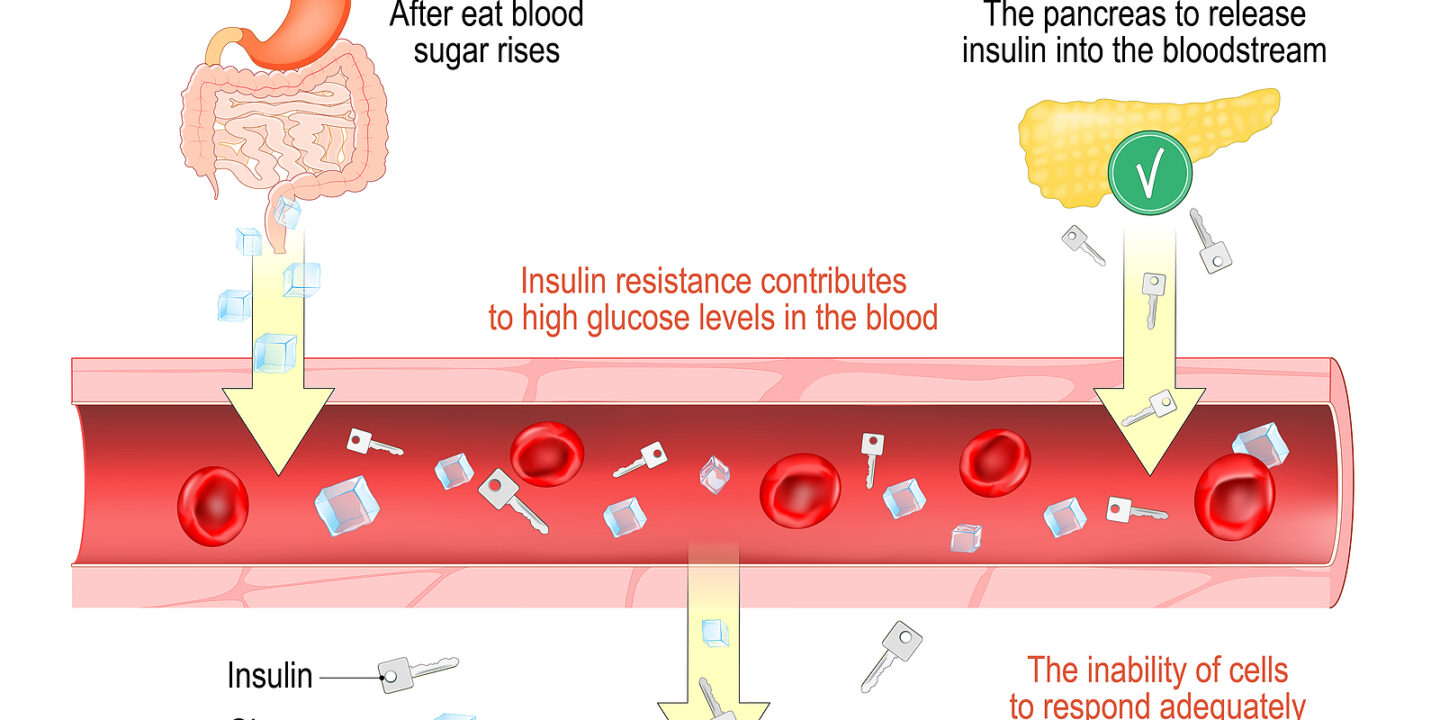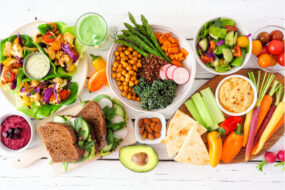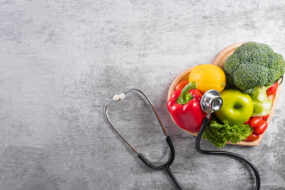
Table of Contents
Type 2 Diabetes Diet
When it comes to the right type 2 diabetes diet, you should focus on foods rich in complex carbohydrates and fiber. Complex carbohydrates are composed of Whole grains, Fruits, and Dairy products. This is an important aspect of any diet for people with diabetes. You should avoid sugary foods and drinks. While you don't need to cut flour completely out of your diet, you should avoid them in moderation. This article will teach you how to start your journey to a healthier life.
Complex carbohydrates
A complex carbohydrate is one that contains at least three sugar molecules. The body takes longer to digest complex carbohydrates than simple ones. For example, brown rice has more fiber than white rice, which spikes blood sugar more quickly. Eating a meal with a little protein or salad will help your body control blood sugar. In contrast, eating white rice without any protein or salad will raise blood sugar faster. This means a low-carbohydrate diet is best for diabetics.
While starchy vegetables and whole grain foods contain simple carbohydrates, complex carbohydrates contain more nutrients and fibre. The amount of carbohydrates a food contains influences the amount of insulin your body produces and your blood sugar level. Complex carbohydrates are better for your body because they take longer to be digested and do not cause spikes in blood sugar as quickly as simple carbs do. Generally, the CDC recommends that you include at least 50 percent complex carbohydrates in your diet.
Carbohydrates are classified according to their digestibility by the WHO. Some are hydrolyzed into monosaccharides in the small intestine, while others are fermented in the large intestine. However, there are many confusing terms for the same type of carbohydrates. For example, the term “sugar” is sometimes used to describe starch instead of sugar, which means that carbohydrates can be categorized as either complex or simple.
Whole grains
A recent study examined the role of whole grains in the diet of individuals with type 2 diabetes. Researchers reviewed data from 55,000 Danish subjects, most of whom were slightly overweight. Over an average 15-year follow-up, about 7,400 of the participants were diagnosed with type 2 diabetes. The researchers analyzed their diet data to calculate the amount of whole grains consumed per day by these subjects. This research highlights the importance of including more whole grains in your diet.
The consumption of whole grains and other complex carbohydrates is linked to lower levels of diabetes and other metabolic syndrome. Researchers say that fiber helps improve insulin sensitivity and stabilize blood sugar levels. These benefits have been linked to reduced risk of heart disease, stroke, and type 2 diabetes. Thus, choosing whole grains over refined grains is an important part of a diabetes-friendly diet. And because whole grains are lower in glycemic load, they are easier to digest and absorb.
One of the most compelling studies on the role of whole grains in the diet of people with type 2 diabetes has come from the Nurses' Health Study. The study examined the effect of whole grain consumption on the development of type 2 diabetes in men. Participants were categorized into five categories according to their total daily intake of whole grains. After adjusting for dietary and lifestyle risk factors, participants in the highest category of whole grain consumption had a lower risk of developing type 2 diabetes.
Dairy products
Increasing your dairy consumption is one way to lower your risk of developing type 2 diabetes. But how much should you be eating? The latest research from the Dietary Guidelines Advisory Committee suggests that there is a moderate association between dairy products and type 2 diabetes. The full report provides an overview of studies conducted since 2015.
According to the 2015-2020 Dietary Guidelines for Americans, eating dairy products on a regular basis may be beneficial to diabetes patients. They should choose low or fat-free sources of dairy. While experts differ on the exact amount of fat in dairy products, they generally agree that a steady diet of dairy may help manage diabetes. It is important to read nutrition labels carefully to determine what's right for you.
One recent study examined three US cohorts and found a favorable association between total dairy consumption and T2D risk. However, there was no statistically significant link between high-fat dairy intake and T2D. In contrast, the study of people with prediabetes showed a lower risk of T2D. The overall benefits of dairy may relate to their popularity. However, it is not yet clear whether ethnocultural factors played a role in the association.
Fruits
According to recent research, eating more fruits may lower your risk of developing type 2 diabetes. A study in Australia found a link between the amount of fruit a person consumes and insulin sensitivity markers. This means that a person with diabetes is less likely to produce insulin to control blood sugar levels. The study's authors concluded that fruit consumption should be added to a diabetes diet. The researchers outlined other ways that fruit can help manage blood glucose levels.
One way to get more fruit into your diet is to add a few fresh berries and citrus fruits to your menu. These fruits are rich in vitamin C, folic acid, fiber, and phytochemicals. Those substances help your body repair damaged cells and slow the aging process. Other antioxidants in fruits like anthocyanins may help prevent chronic disease and improve glucose metabolism. For people with type 2 diabetes, eating fruits and vegetables is important for their health.
Consuming fruit is a great way to satisfy hunger and meet your daily nutritional needs. However, most fruits are high in sugar, which raises concerns about their suitability for diabetics. The American Diabetes Association recommends eating any fruit in moderation, so you'll be eating more of them. If you're not sure which fruit is right for you, consult a registered dietitian or certified diabetes educator. Both will give you useful advice on serving sizes and carbohydrate content.
Low-fat meals
If you are concerned about your blood glucose levels, you should eat low-fat meals for type 2 diabetes. According to the British Diabetes Association, carbohydrates should make up about 50 to 60 percent of total calories, while dietary fat should not exceed 30 percent. For those with diabetes, this diet should be a part of your everyday routine. You can also avoid processed foods and opt for foods that are flash-frozen, as they are just as good as fresh.
You should also account for the carbohydrates found in dressings, such as barbecue sauce, ketchup, and salad dressings. These condiments can have high levels of sugar or fat, so read the labels before buying them. Also, limit your portions of sweet foods and limit your desserts. You should also count the sugar content in fruit, such as honey or jam. Avoid eating too many sweets during the day.
The best way to maintain a healthy diet for people with type 2 diabetes is to know how your blood sugar levels are affected by the food you eat. By making informed food choices, you can incorporate your favorite foods into your diabetes diet and enjoy them again. Make sure to remain mindful of your goals while eating for diabetes, such as maintaining a healthy weight and a steady blood glucose level. These changes can help you stay in good health and reduce your risk of developing diabetes.
Carb counting
In addition to carbohydrate-containing foods, a person with type two diabetes should also monitor their total carbohydrate intake. Carbohydrates are broken down into glucose when they are consumed, so too many of these foods can raise blood sugar levels and result in complications. As such, people with type 2 diabetes should aim to consume 45 to 60 grams of carbohydrates per meal. Depending on your current level of blood sugar, you may need to increase your carbohydrate intake, or you can stick to the recommended amount.
If you're wondering how to determine how many carbohydrates in a given meal, you should understand the basics of carb counting and a few tricks to maximize your success. When choosing carbohydrates, keep in mind that not all vegetables are created equal. Nutritionists divide vegetables into starchy and non-starchy types based on their carbohydrate content. Starchy vegetables contain higher levels of carbohydrates than non-starchy vegetables. It's also important to know which foods are rich in protein and fat. Some examples are cheese, tofu, and pumpkin seeds.
When calculating carbohydrates in a meal, you can use the insulin to carb ratio to determine how many units of bolus insulin are needed to achieve your target blood sugar level. For example, a meal with 70g of carbs would require seven units of insulin. The amount you need to inject depends on your blood sugar level, whether you're ill or plan to exercise afterwards, and your activity levels. Then, there are five basic ways to calculate the carb content of a food.
Meal planning
When planning your diet, it's important to focus on foods rich in nutrients and lower in sugar. These are red flags for diabetics and for anyone who wants to stay healthy and avoid chronic diseases. It's also important to include some indulgences every once in a while, such as ice cream or cakes, but limit them to special occasions. You may find that some of these foods are simply better for you than others.
A meal plan for people with diabetes should begin by calculating the calorie equilibrium – the number of calories needed to maintain your current weight. This number can be adjusted to accommodate specific goals and diets. For example, you may want to eat 500 calories less than your equilibrium each day, while still maintaining a reasonable level of blood glucose levels. If you have trouble estimating portions, make sure to plan out alternate meals.
For a diet high in protein, look for meat, poultry, fish, eggs, and dairy products. You should also include a serving of whole-grain bread and pasta and limit the amount of refined carbohydrates. Rice should be at least one cup of solid. Whole-grain products, like whole-grain bread, are also good sources of protein. Make sure to serve them with a drink as well to maximize their nutritional value.










